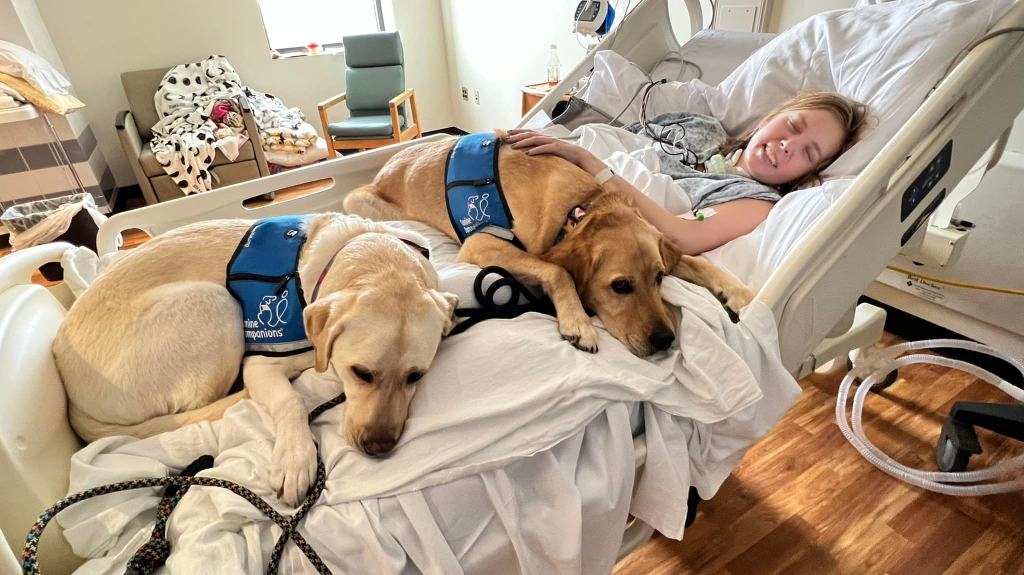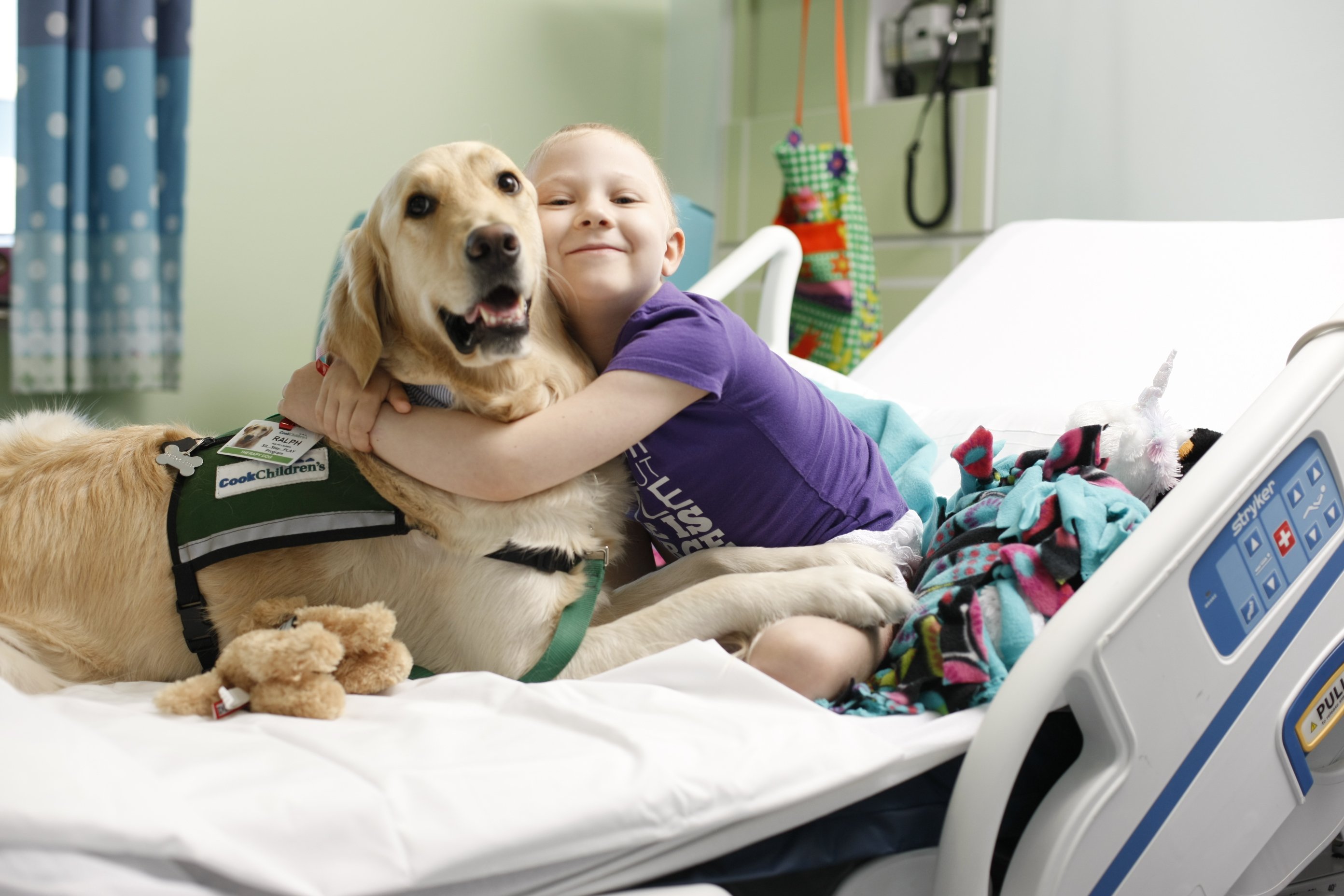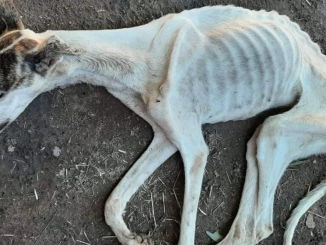
Life has a beautiful way of surprising us, and sometimes, those surprises come in the form of a furry, four-legged companion. Meet Johanna Carrington, a remarkable centenarian who, despite a life filled with challenges, has always carried a deep love for dogs.
Johanna’s journey began in war-torn Germany, where owning a dog was a distant dream. She and her late husband once shared their home with eight Pekingese dogs, a testament to their shared love for these loyal creatures. However, when her beloved dog Rocky passed away, Johanna was left feeling alone in her house, yearning for a furry friend.

One might think that, at the age of 100, adopting another dog could be a challenge. Johanna was uncertain if the shelter would allow someone of her age to adopt. Fortunately, a caring neighbor who supports Muttville Senior Dog Rescue in San Francisco suggested that this organization might have the perfect solution.
Muttville Senior Dog Rescue recognized that Johanna Carrington and a senior dog would be an ideal match. After careful consideration, Johanna adopted Gnocchi, a charming 11-year-old Chihuahua, whom she lovingly renamed Gucci.
Gucci’s life had a rocky start; he was rescued from a hoarding situation where his previous owner had 22 dogs. Being the only pampered pooch in his new home brought him immense joy. Johanna’s caregiver, Eddie Martinez, and her daughter, Debbie Carrington, made a heartfelt commitment to ensure that Gucci’s golden years would be filled with love and care.

The moment Gucci entered his new home, he seemed to recognize that he belonged there. Johanna recalled the heartwarming first encounter, saying, “He approached the home as though he’d been here before. It was incredible. When he spotted me seated in my chair, he leapt up and perched on my lap. He made himself extremely at ease. Right away, he was just our kid.”
Now, Gucci enjoys a life fit for a pampered pup. He has “oodles and oodles” of toys to play fetch with, daily back massages while watching TV with his new mom, and even the privilege of burrowing under the covers in bed for extra comfort.
Debbie Carrington, Johanna’s daughter, shared how Gucci’s arrival transformed their home, saying, “It was sort of sad here after she lost her other dog. It was silent and melancholy until Gucci came in and brought excitement into the house. Laughing at him running around and doing silly things, and then him resting on her lap with her when she’s in her chair or bed, it’s just making her very happy.”
The heartwarming bond between Johanna and Gucci is a testament to the joy and companionship that animals bring into our lives, regardless of age. In fact, scientific research supports the positive impact of pet ownership on emotional and social well-being, particularly in older individuals.

As Johanna approaches her 101st birthday in December, she and Gucci plan to celebrate this special milestone together. For Johanna, dogs have played a significant role in her long and healthy life, proving that the love between a human and their furry friend knows no age limits.
In a world that often seems fast-paced and hectic, the story of Johanna and Gucci reminds us of the simple yet profound happiness that animals can bring into our homes and hearts.
Touching the loyal dog who became a friend to guard the sleep of the little girl in the hospital bed, making millions of hearts melt, a Tale of Unconditional Love and Comfort.
In the world of unexpected and heartwarming connections, there are stories that touch our souls and reaffirm the incredible bonds between humans and their furry companions. This is the touching tale of a loyal dog who, in a hospital room, became not only a friend but a guardian, watching over a little girl as she slept, a narrative that has melted the hearts of countless individuals.
The story unfolds within the sterile walls of a hospital room, where a young girl was facing a challenging and often frightening medical journey. Her hospital stay was marked by uncertainty and discomfort, as she grappled with a condition that required extensive treatment. It was a time when the presence of a comforting friend became all the more important.
It was during this period that a furry companion entered the picture, bringing a ray of warmth and comfort to the young girl’s life. A loyal dog, known for its unwavering devotion to the family, found a way to be by her side. This remarkable canine not only sensed the little girl’s distress but also recognized her need for companionship and comfort.

As day turned into night, the little girl’s loyal friend took on a new role—a guardian of dreams. With gentle eyes and a caring heart, the dog curled up by her hospital bed, its presence serving as a comforting reassurance. Through the night, the dog remained vigilant, watching over the young patient, ensuring she felt safe and protected.
The story of the loyal dog’s nightly vigil captured the hearts of millions when it was shared online. It resonated deeply with people from all walks of life, evoking a sense of empathy and appreciation for the incredible capacity of animals to bring comfort and solace, especially during challenging times.

The narrative of the loyal dog’s bond with the little girl in the hospital is a testament to the remarkable connections that can exist between humans and their four-legged companions. It underscores the empathy and understanding that animals can offer, often intuitively knowing when their human friends need their presence the most.
The story serves as a source of inspiration, reminding us of the therapeutic and uplifting qualities of the human-animal bond. It highlights the unique ability of dogs, in particular, to provide solace and companionship, transcending the boundaries of language and understanding.

In closing, the tale of the loyal dog who became a guardian to a little girl in the hospital is a powerful message of love and comfort. It reminds us that, even in the most challenging of circumstances, there is a source of solace and strength to be found in the presence of a loyal friend. The bond between this little girl and her furry guardian serves as an enduring reminder of the profound impact that animals can have on our lives, melting hearts and leaving an indelible mark of love and comfort.



Leave a Reply